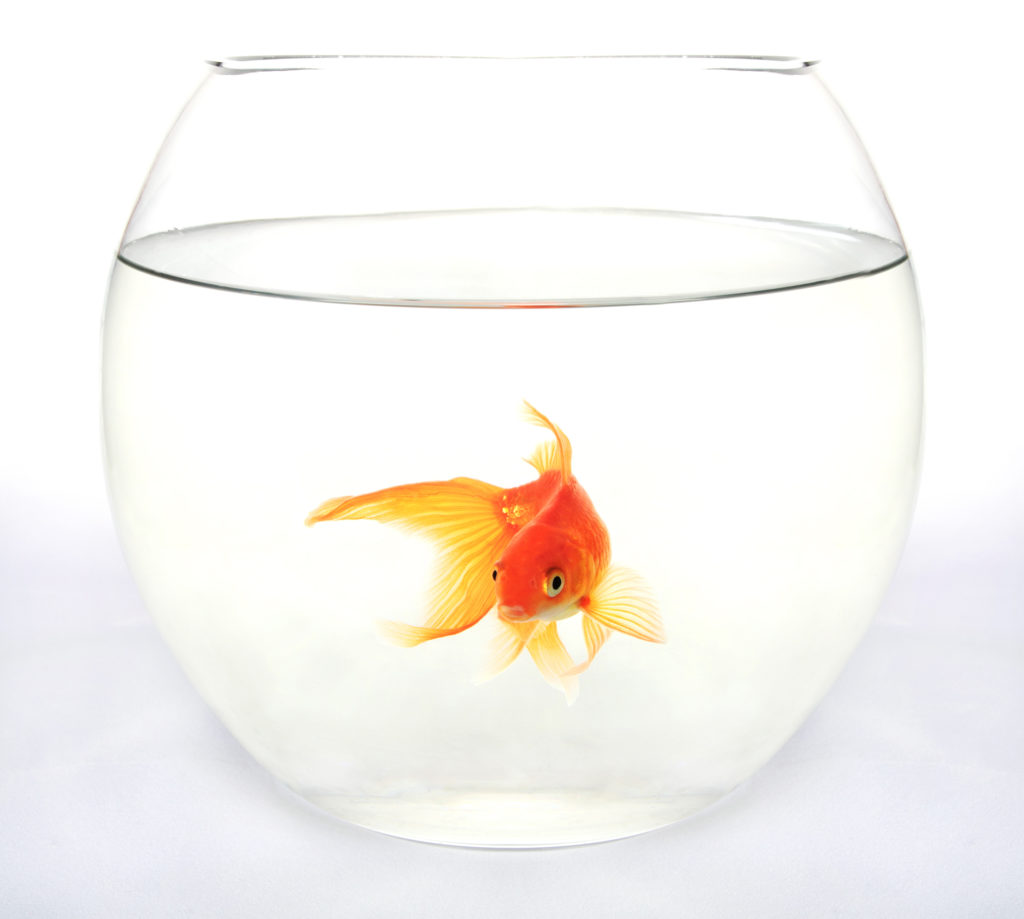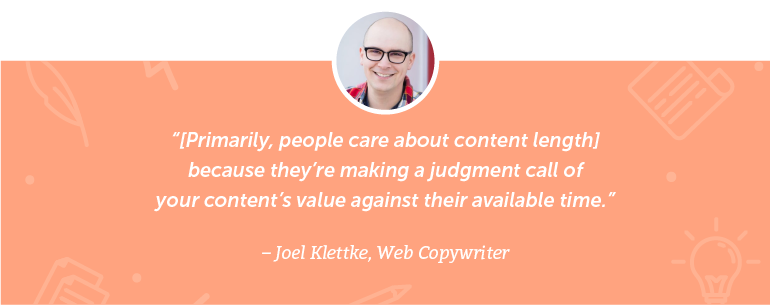
Back in the late 80s, I was fortunate to do some research work for Comedy Central as it was getting off the ground. One of my favorite shows from the era was “Short Attention Span Theater,” an early comedy clip show that was aptly named by its creators. How little did they know how prescient they were.
That’s because our ability to focus – thanks in large part to information and content overload – is deteriorating at a polar ice cap melting pace.
In 2015, Time‘s Kevin McSpadden reported that Microsoft research determined the average human’s attention span had dropped to 8 seconds – shorter than that of a goldfish (yup, 9 seconds).
And that’s consistent with what Spotify’s Paul Lamere discovered a few years ago – a feature story we reported on in this blog.
As Bobby Oswinski recently reported in Forbes, Lamere’s research determined there’s a 24% likelihood of skipping songs within the first 5 seconds of a tune. Teenagers are even more fickle, bailing more than half the time.
When we eventually get more granular data about actual podcast listening – as we’ve learned from the NPR One app – the evidence will pile on that decisions about whether to stay or go are often made in the first few seconds of an audio feature.
And that same mindset has guided the way many programmers in PPM markets now approach their craft – quickly getting into content, no wasted words, or useless banter. The “goldfish philosophy” of radio programming now dictates quick-hitting content.
But does that miss the point?
Is the argument about length – how long it takes to get to the content – or is it about strength – whether the content itself is riveting enough to hook a listener in?
Are consumers switching out because a song or podcast intro is too long OR are they throwing in the towel because they don’t hear content they find compelling? Is it about quantity – or is it about quality?
We hear a lot about “snackable content” – short bursts of audio and video people can conveniently consume on the fly. But doesn’t the challenge go beyond so-called “bite-size content” and revolve around whether media is attention-getting, substantive, and entertaining?
Journalism school students learn early on the value of a strong lead to a new story. Sure there’s the who-what-when-where-why part, but there’s also that opener that makes you want to read (see/hear) the entire story. It always starts with a great lead.
That was the case for Edward R. Murrow, Walter Cronkite, and the other icons of great news reporting who knew how to draw audiences in with that great opening line.
The secret boils down to the reality that it’s less a matter of story length, and much more about the quality of the writing, the delivery, the production, and the other aesthetics that play a role in our conscious and sub-conscious decision making.
It is easy to keep it short. It’s much harder to captivate a busy, multitasking consumer.
A :05 Kars For Kids commercial isn’t going to have a substantially different (or better) reaction than the longer version most people find revolting. It’s about the creative – not the degree to which producers keep it tight and bright.
It’s convenient to issue length edicts, especially in a world where broadcast radio companies operate so many stations, they can’t keep them all straight. Pushing brevity and focus may not be the most exciting ways in which to engender loyalty or buzz, but the tactic is certainly consistent with the gold fish-like attention span of an audience tethered to meters. And it can be effective, at least for a while.
 But that doesn’t explain why some of the most popular brands – even in PPM markets – don’t win the title for shortest breaks or crispest talkovers. When you look at their “song counts” – the number of songs they play an hour – they’re often competitive, but often not spectacular.
But that doesn’t explain why some of the most popular brands – even in PPM markets – don’t win the title for shortest breaks or crispest talkovers. When you look at their “song counts” – the number of songs they play an hour – they’re often competitive, but often not spectacular.
Their accomplishment is raising the bar on quality breaks and content, better listener phones, more compelling topics and treatments, and production that isn’t just tight, but like a great movie teaser makes you want to experience the whole thing.
The data from these “skip rate” studies can be deceiving. They can lead you to think about everything in terms of time, rather than entertainment value. If that was the case, every “more music” morning show would be killing it in in the ratings.
Consumers aren’t looking for short and sweet – they’re looking to be surprised, enchanted, engaged. They won’t stand for having their time wasted by banal, pedestrian, same-old same-old tactics, bits, and benchmarks.
Radio has to go beyond “Twofer Tuesday,” “Second Date Updates,” and “War of the Roses.” Its contests have to better than tired Caller #9 and “Win It Before You Can Buy It” giveaways.
A blog post in CoSchedule by Ronnel Smith – “Why Should You Write Shorter (But Better) Content” – goes to the heart of the question. And in his analysis, there’s this quote from copywriter Joel Klettke:

It’s not that just that our attention spans have shrunk. Because they have.
We are busier. We are rushed. We are frazzled.
And unlike the goldfish, we’ve got things to do and places to go.
It is about not wasting the listener’s time.
It is about teaching him or her that your brand consistently provides content that’s great use of their time. That’s why your cable system may offer 200 channels of entertainment and information, but the average subscriber watches fewer than 20 of them. They pick and choose the content they deem to be worthy of their time.
The number of scripted TV shows goes up every year. In 2018 when all is said and done, there will be 500 (or more) shows across the TV/video/streaming spectrum. While this is a bonanza for consumers, it also compels them to be more discriminating and selective about the content they make time for. They are making these decisions on the fly – often at goldfish speed.

And that’s become especially important because there’s a deluge of content – on Netflix and Hulu, on satellite radio, and in the vast supermarket of podcasts. And it’s everywhere – on our phones, in our cars, on our smart speakers, and on our wrists.
Writer Oswinski sums it up well:
“The fact of the matter is that it’s become much more difficult to get a consumer to enjoy an entertainment program of almost any length from end to end. We’ve been given the ability to choose quickly from extremely large catalogs of product, and we’re not going to stop until we find something that captures our attention for at least 30 seconds.”
We cannot no longer get by with, nor can we monetize mediocre entertainment and information. Consumers simply won’t stand for it in an economy where there’s an abundance of quality content to choose from, and a finite amount of time.
Keep it short. But make it great.
Or just buy a goldfish.
- Can Radio Afford To Miss The Short Videos Boat? - April 22, 2025
- Media And Technology In 2025: Believe It Or Not! - April 18, 2025
- In Radio, You Just Never Know - April 17, 2025




Excellent article Fred.
I had to laugh when you wrote about Comedy Central’s show “Short Attention Span Theater” as it reminded me of what Pete Booker, Delmarva Broadcasting’s CEO used to say about the job of a radio general manager: “Being a GM is short attention span theater.”
And that’s why I loved being a GM.
Exactly – one of the best TV show names EVER. Thanks, Dick.
Hosted by Jon Stewart long before “The Daily Show.”
Thanks for that fun fact.
My neighborhood convenience store has gas pumps with video screens that play VERY short news, sports, and entertainment blurbs while you fill up the tank.
The only one I ever remember is the weather, because that’s important to me. The rest is just a distraction.
Relatable, compelling talk catches the ear. It’s good to keep it short (gotta hit the post on the :15 song intro, don’t ya know), but don’t be BORING.
Funny, Don. I notice the gas video, too, as well as stock prices in elevators in high rise buildings. It helps to be a captive audience. Thanks for the note.
I dunno. I don’t think people’s attention spans aren’t any shorter than they’ve ever been. We’re that true, then how do you explain binge-watching?
I think what’s happened is (as you point out) the exponential rise in the number of things to which one can PAY attention has taught us to have absolutely no patience for dreck. Five seconds of crap is too long while two hours of brilliance may not be long enough (remembering the admonition to always leave ’em wanting more).
Peter, we’re on the same page. The stakes are higher, given all the options. There’s no room for mediocrity. Thanks for the comment.
Once again, You write another great blog . (My own attention span was kept intrigued into reading it in its entirety.). So as a talent, I am often questioning why I am told to always open with a long branding (same :05 seconds) every mic open. When my gut (and the writer in me) would prefer to grab the attention with a :05 content intro that stops the listeners finger from going “next”, then branding the same station Statement required of me, then content. Thoughts?
Judy, of course it’s complicated. In a diary world, identification is still the Holy Grail because of the “recall” nature of the methodology.
With meters, however, it’s about compellingness – attracting and holding the listener. So, a strong lead might be the most important thing. A well-prepped personality should be able to squeeze in both.
Thanks for the comment.
Last Christmas my wife’s son was in town and we rode around in his car while we pointed out area landmarks. He had Spotify going in his new car and literally flipped through songs the entire time. We never heard more than the first few seconds, maybe halfway through the first verse if we were lucky. So some people tell me the answer to radio’s ratings and revenue problems are chatty DJs and less-known music? From this example, it’s not likely my wife’s son would stay tuned to a radio station long enough after the song to hear more than the first word out of the DJs mouth, let alone the “relatable local content you can’t get anywhere else” that would follow. The solution? I have no idea.
Surviving on music alone is a diminishing strategy, Brad – as you found out watching your son skip through songs. It’s another reason why personalities are still the ultimate difference-makers on the radio. Right now, your wife’s son may not have a favorite personality, but is that because he dislikes DJs – OR is it because no one’s on the air he finds interesting, compelling, funny, outrageous – fill in the blanks? And it usually takes time for personalities to earn the trust of consumers. Maybe it’s not possible, but a radio’s station’s version of “Bohemian Rhapsody” sounds no different than what he’s hearing on Spotify (Pandora, SiriusXM, etc.). Thanks for the story.